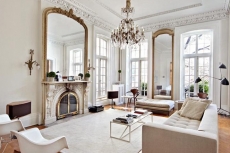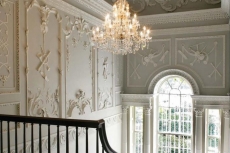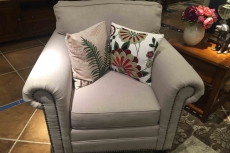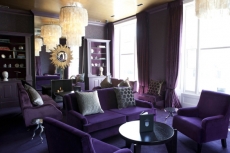Interior Design Styles
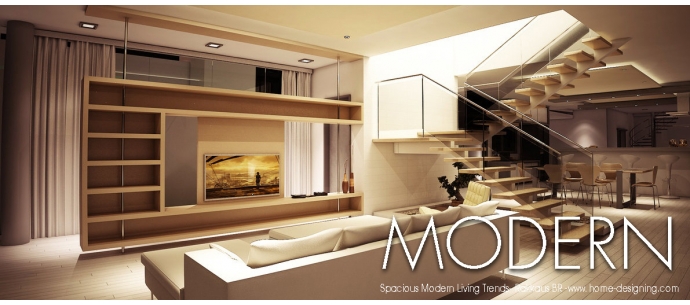

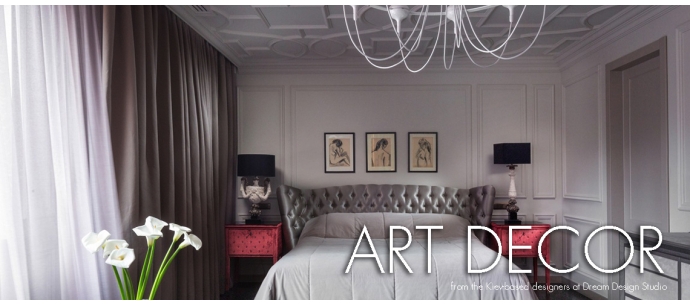
The Victorian style originated during the Victorian era and is often described as opulent and luxurious. Victorian style is the near opposite to minimalism, it is based on an excessive amount of ornate and flamboyant decorations, accessories, the more you have on display the better. But Victorian style also includes features in order to avoid clutter. The exessive decorative furniture and ornamnet are contrasted by plain floor and wall surfaces.
Early Georgian style was the tail-end of Queen Anne design, and this gradually became more severe in its lines and architectural detail. The style was copied from Ancient Greece and Rome, however a lot of Chinese design showed through in the interior. Chinese motifs like peonies and chrysanthemums were found in the fabric and Chinese porcelain and motif table lamps were common. colour schemes were pale and subtle cream, dusky rose, sage, pea green, powder blue. Florals were also found, and in more grander houses, gold and murals were the preferred wall coverings. Upholstery and curtains often had matching fabric.
The Rococo style of interior design is flamboyant and rich with intricate and ornate features. Rococo style peaked during 1700 and 1780 in western Europe and the name Rococo means 'rocaille' in French, which is appropriate as the Rococo's ornate asymmetry was inspired by natural curves of trees, shells, clouds and flowers.
Country style interior design is cosy bearing the resemblance of cottage style. There are many various culturally different country style designs that have the features of the time and style that was traditional to those countries. Thus you may find such country style types as French country, English country, American country, Italian country or Tuscan, and Modern country
Urban interiors feature nontraditional home materials and design features, often including objects that are more traditionally used in an industrial sense. The Urban style sees the use of galvanized steel, concrete floors, metal siding, exposed beams and unfinished surfaces to create a distinctly modern, bohemian look
Every few decades, old designs seems to make a comeback, but with a modern twist. This is referred to as the Retro style, and is an eclectic mix of old styles and new forms, or new forms with old materials and finishes. The post war fifties and psychedelic sixties saw a move towards brighter and bolder colours most likely as a backlash to doom and gloom of the war torn forties. Nowadays Retro interior designs can be described as taking a little bit of these features and bringing them back into the present in order to create a new style of interior design that is both modern and fun.
The Art Deco style was developed following World War I, to offer people a new style for a new era. The excitement and optimism of post-war Europe and America formed the basis for this glamorous and elegant style of design. Art Deco furniture is streamlined in design. It was modern and sleek for the time while still remaining comfortable.

 Golden Series
Golden Series 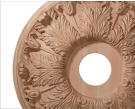 Legacy Series
Legacy Series  Builders Series
Builders Series 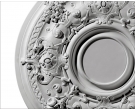 Thane Series
Thane Series 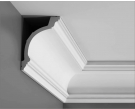 Chen's Series
Chen's Series 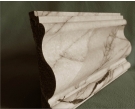 PS Series
PS Series  Services
Services 
